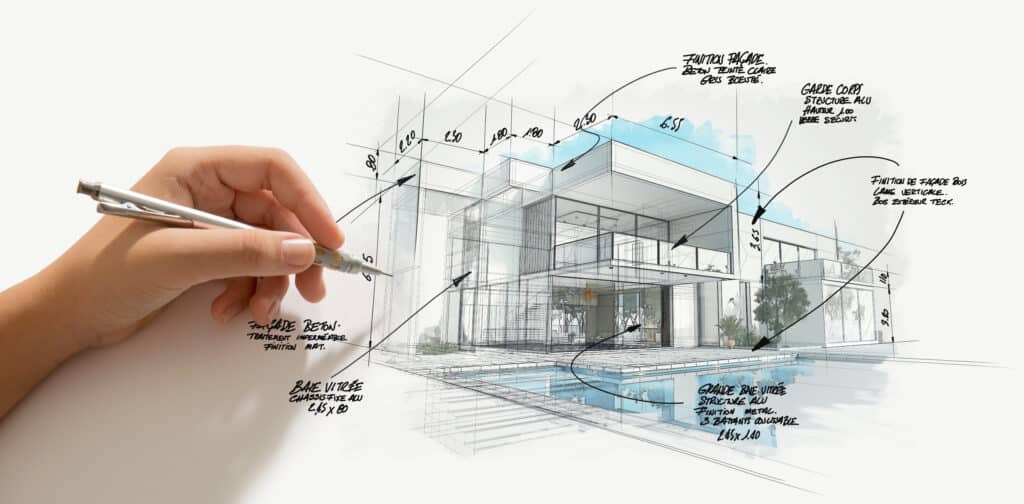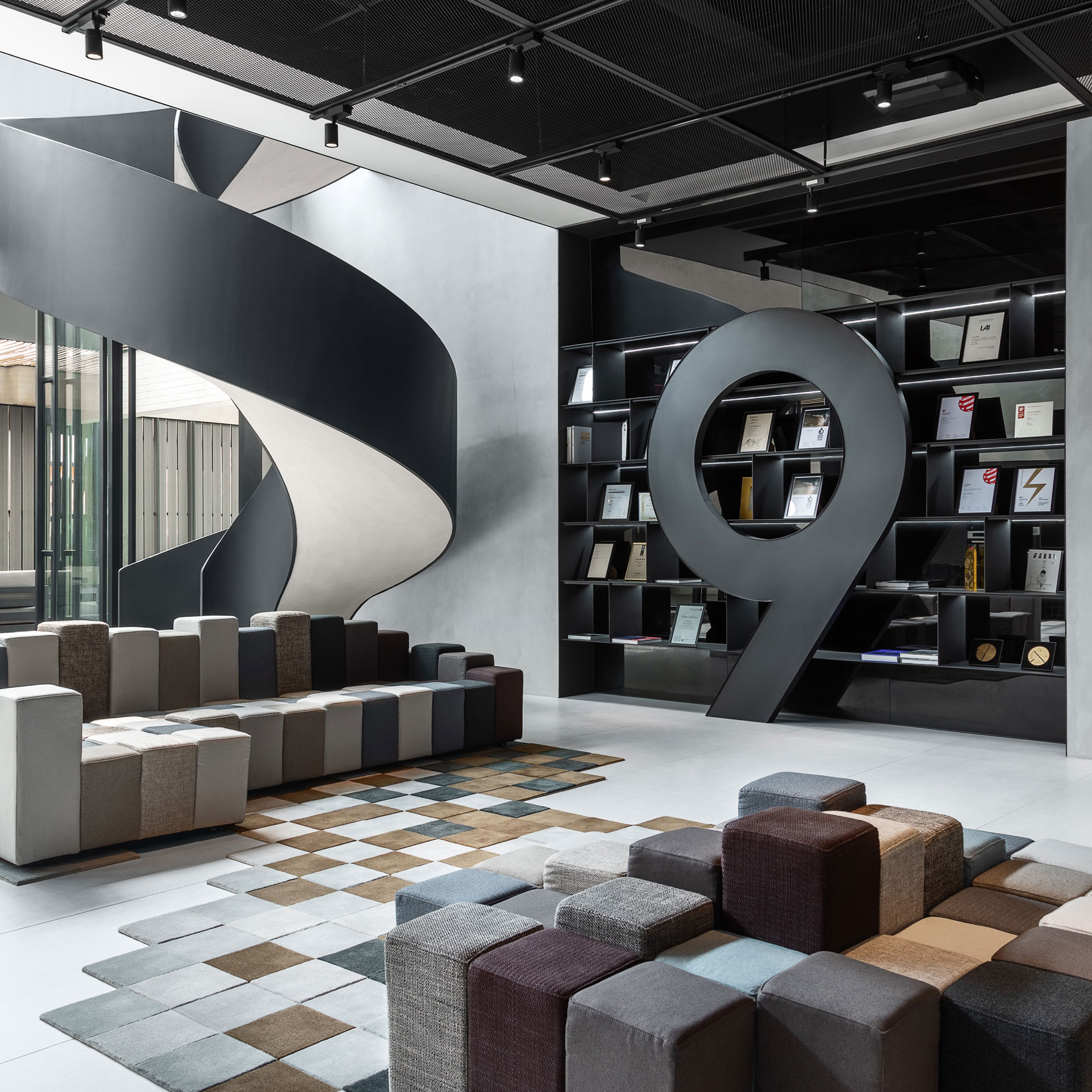Hire a Luxury Home Architect to Create a Stunning Property
Wiki Article
The Art of Equilibrium: Exactly How Interior Design and Home Designer Collaborate for Stunning Results
In the realm of home layout, striking a balance in between appearances and functionality is no little feat. This fragile stability is accomplished via the harmonious partnership in between interior developers and engineers, each bringing their distinct know-how to the table. Keep with us as we explore the complexities of this collective procedure and its transformative impact on home style.Comprehending the Core Differences In Between Interior Decoration and Home Style
While both Interior Design and home style play essential roles in producing visually pleasing and practical rooms, they are inherently various techniques. Home architecture mainly focuses on the structural elements of the home, such as developing codes, safety guidelines, and the physical building and construction of the area. It handles the 'bones' of the framework, collaborating with spatial dimensions, load-bearing walls, and roofing styles. On the other hand, Interior Design is extra concerned with improving the visual and sensory experience within that structure. It includes choose and preparing furniture, choosing color pattern, and incorporating decorative aspects. While they function in tandem, their roles, duties, and locations of knowledge deviate considerably in the development of an unified home setting.The Synergy Between Home Style and Interior Decoration
The harmony between home style and Interior Design exists in a common vision of layout and the improvement of practical aesthetics. When these 2 fields line up harmoniously, they can transform a living area from common to amazing. This partnership calls for a much deeper understanding of each technique's principles and the ability to create a natural, cosmetically pleasing atmosphere.Unifying Design Vision
Merging the vision for home design and interior design can create a harmonious living room that is both practical and aesthetically pleasing. It advertises a collaborating method where architectural aspects complement indoor design elements and vice versa. Thus, unifying the layout vision is critical in blending style and interior layout for sensational outcomes.Enhancing Practical Aesthetics
How does the harmony between home style and Interior Design boost practical aesthetics? This synergy makes it possible for the creation of spaces that are not only aesthetically enticing but likewise pleasantly useful. Architects lay the foundation with their structural design, making certain that the room is reliable and functional. The indoor developer after that enhances this with very carefully picked components that improve the aesthetic appeals without compromising the performance. This unified partnership can result in homes that are both attractive and liveable. As an example, an architect could develop a home with huge windows and high ceilings. The interior developer can after that emphasize these attributes with tall plants and sheer curtains, respectively, hence improving the visual charm while keeping the practical advantages of natural light and space.Significance of Partnership in Creating Balanced Spaces
The partnership in between indoor designers and engineers is essential in creating well balanced areas. It brings consistency between layout and design, giving birth to rooms that are not only cosmetically pleasing but additionally practical. Discovering successful joint methods can give insights right into how this harmony can be efficiently attained.Integrating Design and Style
Balance, a crucial element of both Interior Design and architecture, can only absolutely be achieved when these 2 areas work in consistency. This consistency is not merely an aesthetic factor to consider; it affects the performance, durability, and eventually, the livability of a room. Interior engineers and designers should recognize each other's roles, appreciate their proficiency, and interact properly. They must think about the interaction of architectural components with decor, the flow of areas, and the influence of light and shade. This collaborative process leads to a cohesive, well balanced style where every component has a purpose and contributes to the total aesthetic. Balancing style and design is not just regarding producing stunning areas, however regarding crafting spaces that work seamlessly for their inhabitants.Effective Collective Strategies

Instance Researches: Successful Assimilation of Design and Architecture
Checking out a number of instance research studies, it becomes obvious how the successful integration of interior design and architecture can transform an area. Engineer Philip Johnson and interior developer Mies van der Rohe teamed up to create a harmonious equilibrium between the structure and the inside, resulting in a seamless flow from the outside landscape to the internal living quarters. These case researches highlight the profound impact of an effective layout and design collaboration.
Getting Over Difficulties in Design and Architecture Collaboration
Despite the indisputable benefits of an effective cooperation between Interior Design and style, it is not without its difficulties. Interaction problems can develop, as both events might use various terminologies, understandings, and methods in their work. This can bring about misconceptions and delays in project completion. Another significant obstacle is the balancing act of aesthetics and performance. Engineers may prioritize architectural integrity and safety and security, while designers concentrate on comfort and design. The assimilation of these purposes can be complex. Additionally, budget and timeline restrictions frequently include stress, possibly triggering breaks in the partnership. For that reason, efficient interaction, common understanding, and compromise are important to get over these challenges and achieve a successful and unified collaboration.
Future Fads: The Evolving Connection In Between Home Architects and Inside Designers
As the globe of home design proceeds to advance, so does the relationship between architects and indoor developers. The trend leans in the direction of a much more collective and incorporated approach, damaging without standard functions. Designers are no longer entirely focused on structural stability, yet likewise participate in boosting aesthetic charm - Winchester architect. On the other hand, interior developers are welcoming technical facets, influencing general design and capability. This developing synergy is driven by improvements in technology and the growing need for rooms that are not just visually pleasing but additionally functional and lasting. The future guarantees an extra natural, ingenious, and flexible method to home layout, as engineers and designers remain to obscure the lines, cultivating a partnership that absolutely personifies the art of equilibrium.Verdict
The art of balance in home design is accomplished with the unified cooperation between interior developers and engineers. An understanding of each other's techniques, reliable interaction, and shared vision are important in developing aesthetically spectacular, functional, and inviting rooms. Regardless of challenges, this collaboration promotes growth and development in style. As the connection between home engineers and interior developers evolves, it will certainly proceed to form future trends, improving comfort, efficiency, and individual expression in our space.While both indoor layout and home style play crucial duties in developing aesthetically pleasing and practical areas, they are naturally various disciplines.The synergy in between home design and interior design exists in a shared vision of style and the improvement of practical visual appeals.Unifying the vision for home design and interior design can create an unified living room that is both useful and cosmetically pleasing. Hence, unifying the style vision is important in mixing architecture and interior design for stunning outcomes.
Exactly how does the harmony in between home design and interior style enhance practical looks? (Winchester architect)
Report this wiki page